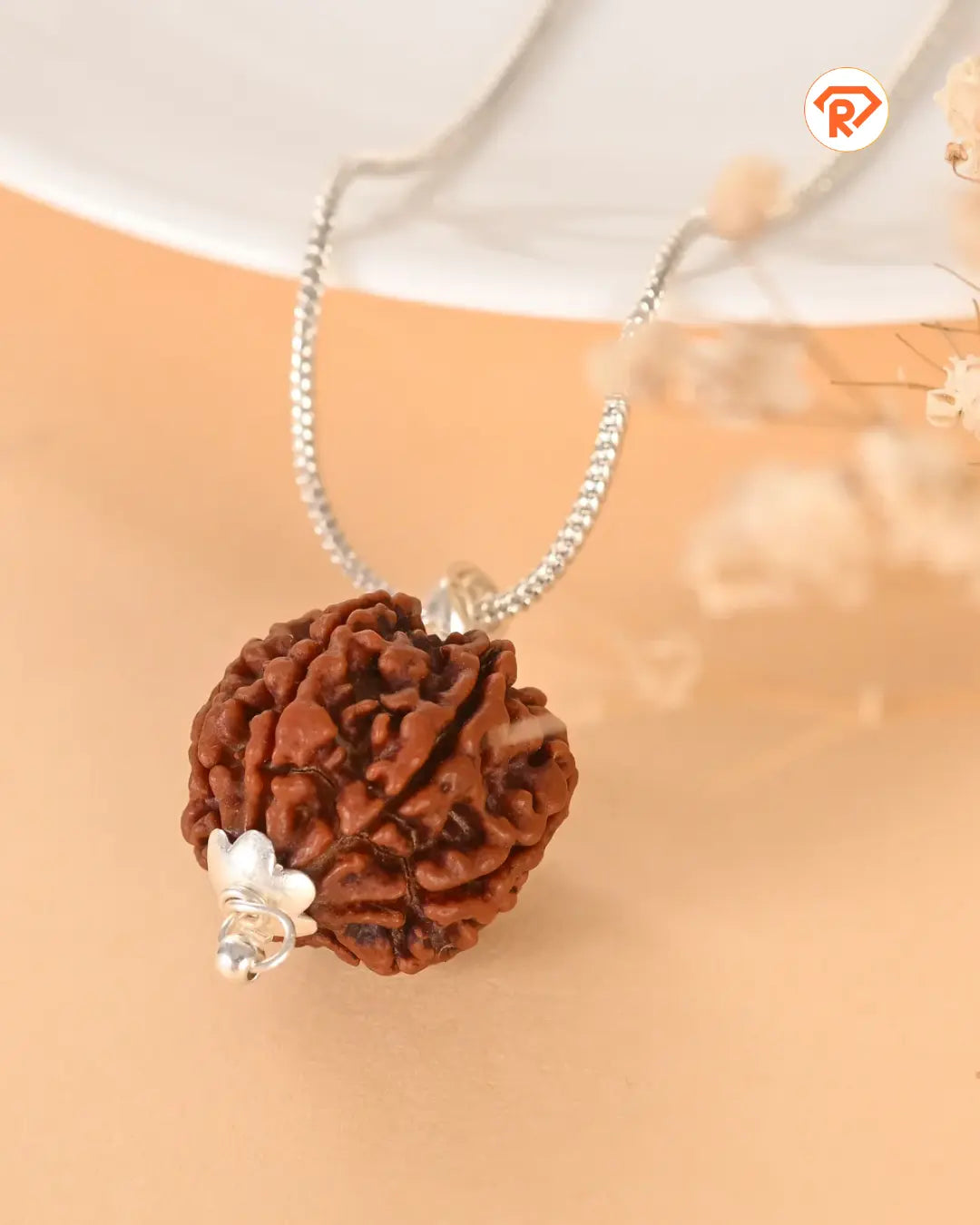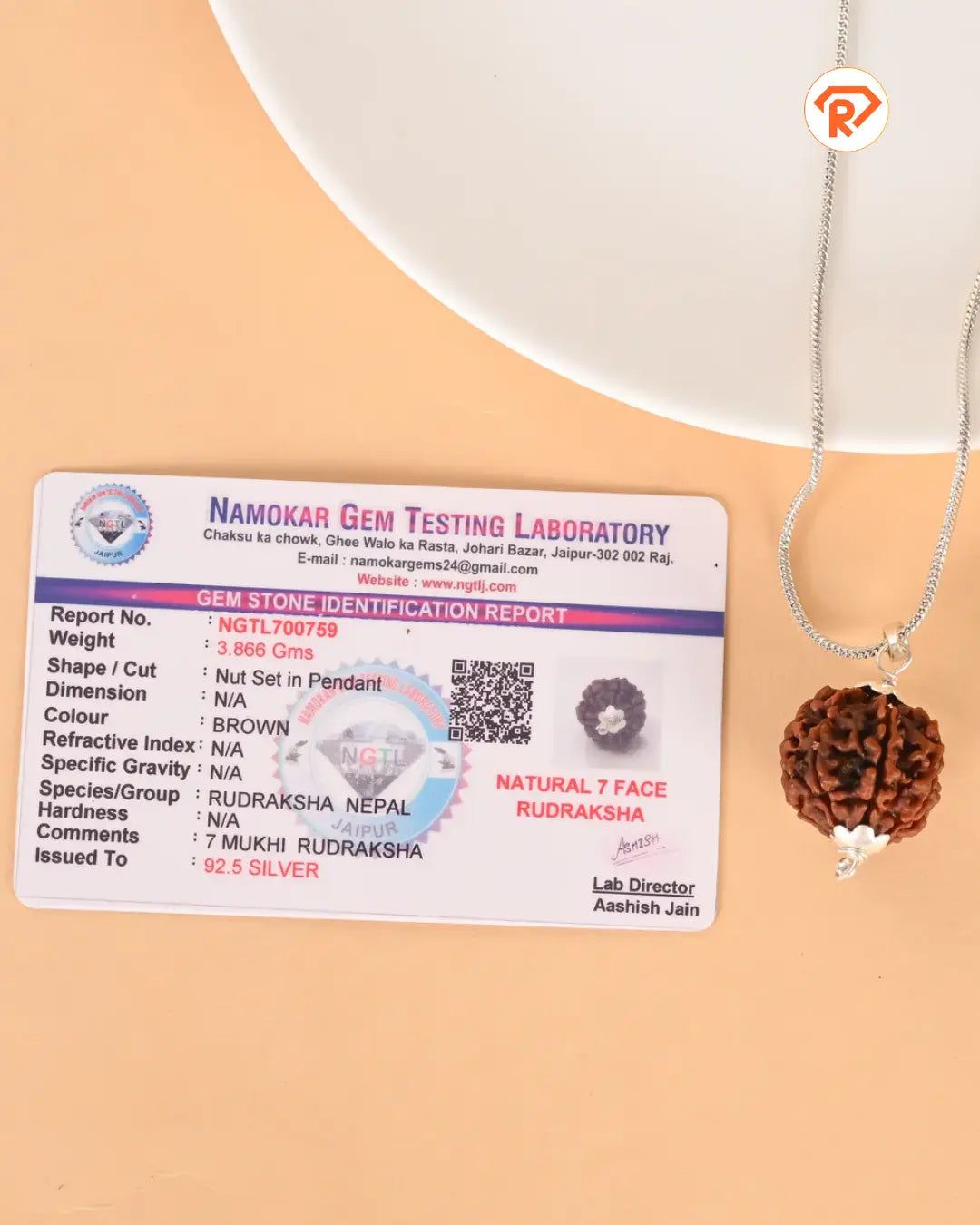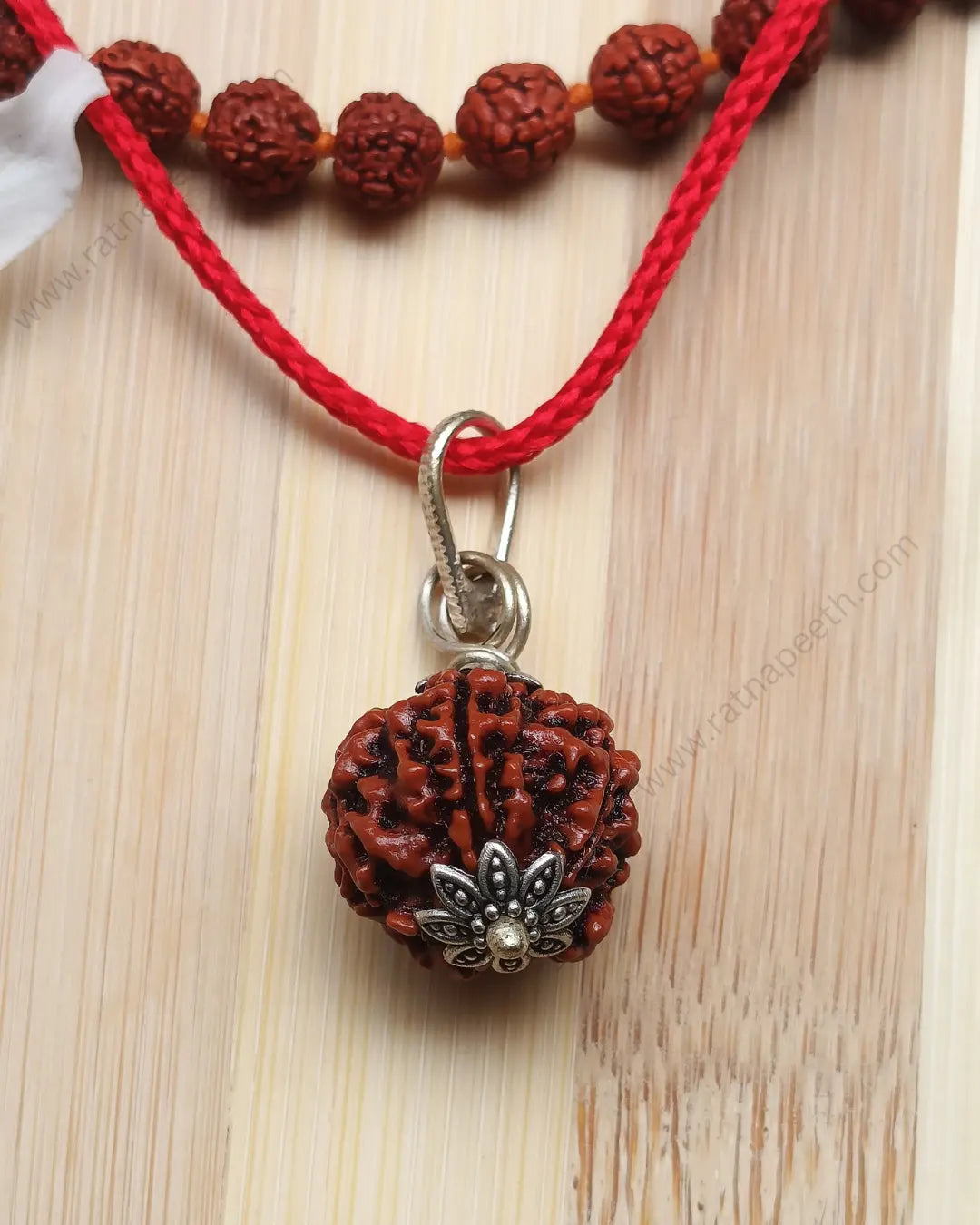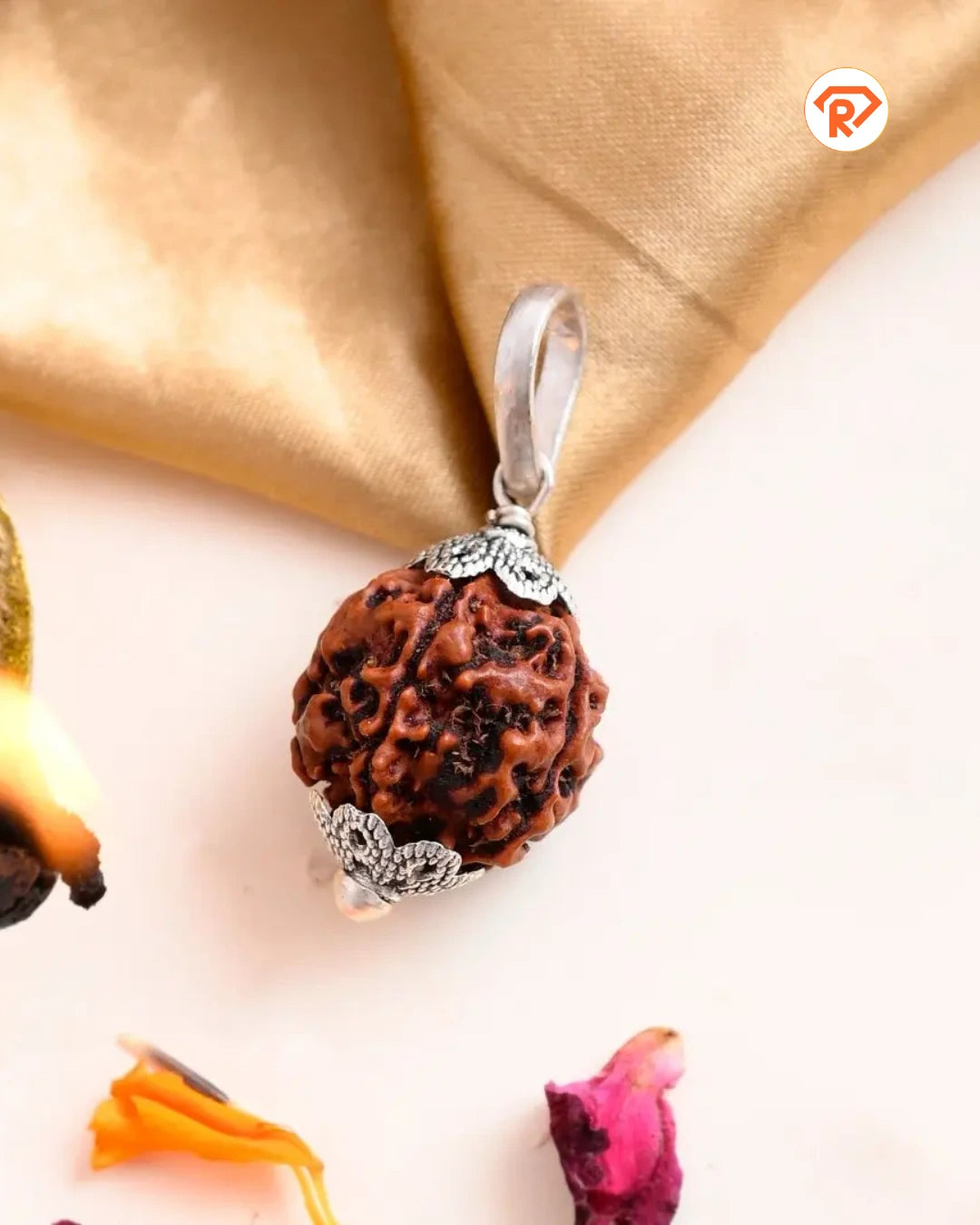Filter
Sort by
Opal Stone (Dhudhiya Pathar) – 100% Natural & Lab-Certified
Every gemstone is hand-selected and comes with a trusted lab certification (NGTL, Naman Gem Lab, etc.) for guaranteed authenticity and astrological effectiveness.
At Ratna Shree, we offer more than gemstones — we deliver trust, purity, and spiritual impact. Every piece is 100% natural, lab-certified, and astrologer-approved.
Our gemstones and Rudraksha are ritualistically purified with Vedic mantras and come ready to wear. With thousands of satisfied customers, Ratna Shree stands for authenticity and energy you can feel from the very first touch.
| Aspect | Details |
|---|---|
| Who Should Wear | People undergoing Rahu Mahadasha, or those seeking spiritual protection, luck, and transformation |
| Ideal Day to Wear | Saturday or Wednesday, depending on astrological advice |
| Ideal Time | During Rahu Kaal (as per your local Panchang) or Brahma Muhurat |
| Metal for Ring/Pendant | Panchdhatu (5-metal alloy), Silver, or as suggested by an astrologer |
| Recommended Finger | Middle finger of the r |
Certified Authenticity. Trusted Purity.
Every gemstone and Rudraksha from Ratna Shree is:
1. 100% natural
2. Sourced from its original location
3. Lab-certified by reputed gemological labs like NGTL or Naman
4. Backed by purity reports
5. Sealed packaging
6. Includes an authenticity card in every order
We don’t just sell gemstones — we deliver trust, backed by purity reports, sealed packaging, and an authenticity card in every order.
How to Identify Original vs. Fake Machmani
Machmani stones have long held a place in traditional jewelry for their beauty, cultural value, and supposed metaphysical properties. Genuine machmani stones, however, are rare and have distinct characteristics that separate them from replicas or synthetic versions. Here’s a guide to help distinguish between real and fake machmani stones.
1. Glow and Shine
-
Original: Genuine machmani stones often have a unique, luminous glow with a soft, natural shine. The color may vary slightly but is usually deep and consistent, with a subtle, almost opalescent effect.
-
Fake: Counterfeit stones may look dull, overly polished, or artificial. The color can appear too vibrant, overly bright, or have an unnatural hue. Synthetic stones may lack the subtle play of colors and look overly uniform.
2. Texture
-
Original: Real machmani has a smooth, slightly uneven texture due to natural inclusions and minor imperfections. These imperfections add to its authenticity.
-
Fake: Imitation stones are often perfectly smooth and lack natural imperfections. A perfectly flawless surface without any natural texture is usually a sign of a fake.
3. Weight
-
Original: Machmani stones, due to their natural composition, are relatively heavy for their size. They will feel denser and more substantial than imitation stones.
-
Fake: Fake machmani stones, often made from glass or plastic, feel lightweight and may lack the density of a genuine stone.
4. Light Reflection
-
Original: Genuine machmani stones reflect light in a way that is soft and subtle, creating a natural, soothing glow. When held up to a light source, real stones often have a translucent quality.
-
Fake: Synthetic stones tend to have an unnatural shine that looks overly flashy or reflective. They may lack the soft glow of a real machmani and instead appear overly clear or sparkly.
5. Price
-
Original: Authentic machmani stones are rare and come at a premium price due to their scarcity and natural formation.
-
Fake: If a deal seems too good to be true, it probably is. Imitation machmani stones are significantly cheaper and are often sold at a fraction of the price of real stones.
Due to the high demand and limited supply of original machmani, fakes have unfortunately become common in the market. A trusted jeweler or gemstone expert can provide invaluable insight into a stone’s authenticity. Taking the time to verify the origin and quality of a machmani stone ensures not only that you receive a valuable gem but also an authentic piece of cultural heritage.
At Ratna Shree Jewellers & Gems, we have a limited, premium collection of these rare gemstones. Our skilled artisans and gemologists have selected each piece, ensuring it meets our high standards and brings the powerful energy Machmani is known for.
Differences Between White Machmani and Brown Machmani
1. Price
-
White Machmani: Significantly lower in price.
-
Brown Machmani: Commands a premium price due to its rarity.
2. Rarity
-
White Machmani: More commonly available in the market.
-
Brown Machmani: Rare and considered more valuable.
3. Naturalness
-
White Machmani: There is controversy over its authenticity, as some stones may be artificially colored to resemble brown ones.
-
Brown Machmani: Shows the natural color of the stone, with no need for artificial enhancement.
4. Color Appearance
-
White Machmani: Lighter in color, often white or off-white, and may lack depth in tone.
-
Brown Machmani: Displays a rich brown color, considered more appealing and authentic.
5. Durability of Color
-
White Machmani: Artificially colored stones may lose their vibrancy over time as the color fades.
-
Brown Machmani: Retains its natural appearance indefinitely.
6. Demand
-
White Machmani: Preferred by budget-conscious buyers or those not particular about authenticity.
-
Brown Machmani: Highly sought after for its rarity, spiritual significance, and superior aesthetic appeal.
7. Market Perception
-
White Machmani: Sometimes perceived as less authentic due to the possibility of artificial coloring.
-
Brown Machmani: Regarded as a premium product with unquestionable authenticity if certified.
8. Certification
Always insist on certification from a trusted gemological lab, especially for brown Machmani, as its premium price justifies the need for verification.
9. Price Consideration
Be cautious if a brown Machmani is being sold at unusually low prices; it could be an artificially colored white Machmani.
What Is Machmani Mythology & Origins?
Machmani in the Valmiki Ramayana
MachMani is mentioned in chapter 621 of Valmiki Ramayana.
According to the Valmiki Ramayana Chapter 621, the legend of MachMani is intertwined with the birth of Makardhwaj, the son of Lord Hanuman and a divine fish. This rare gemstone was bestowed upon By His Mother From Her Head Makardhwaj as a protective talisman, and today, it may hold the same protective and transformative powers, particularly during the challenging times of Rahu, It Can Also Be Wear For Good Luck.
Unlock the Power of MachhMani: The Rare Fish Gemstone for Life Transformation
Discover the mystical MachhMani, a rare and ancient gemstone known for its miraculous powers in bringing good fortune and eliminating obstacles. Revered in sacred scriptures, this gem is a powerful panacea in the modern world, especially during the Mahadasha of Rahu. The rarity and effectiveness of the Machhi Mani make it an invaluable addition to your life.










